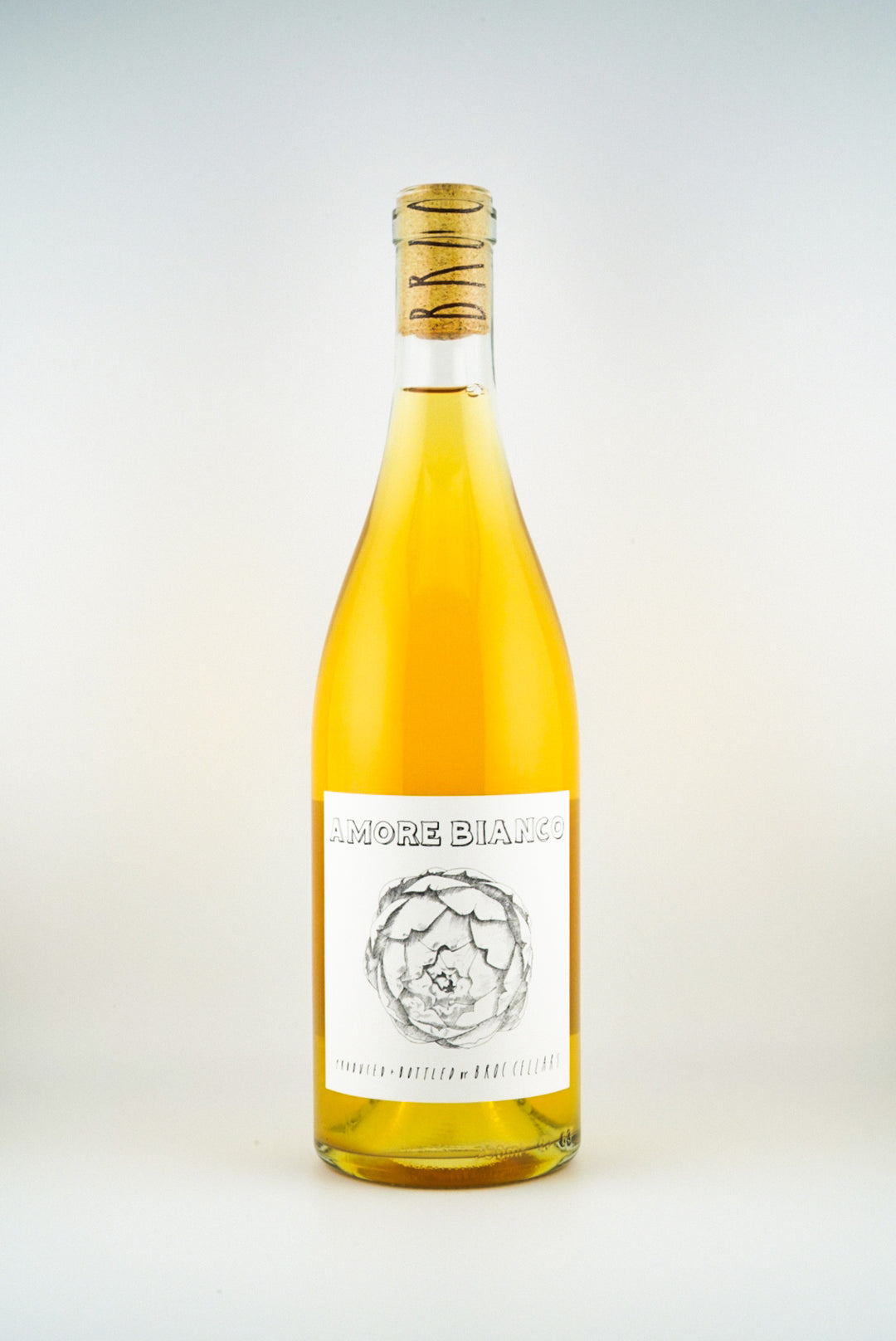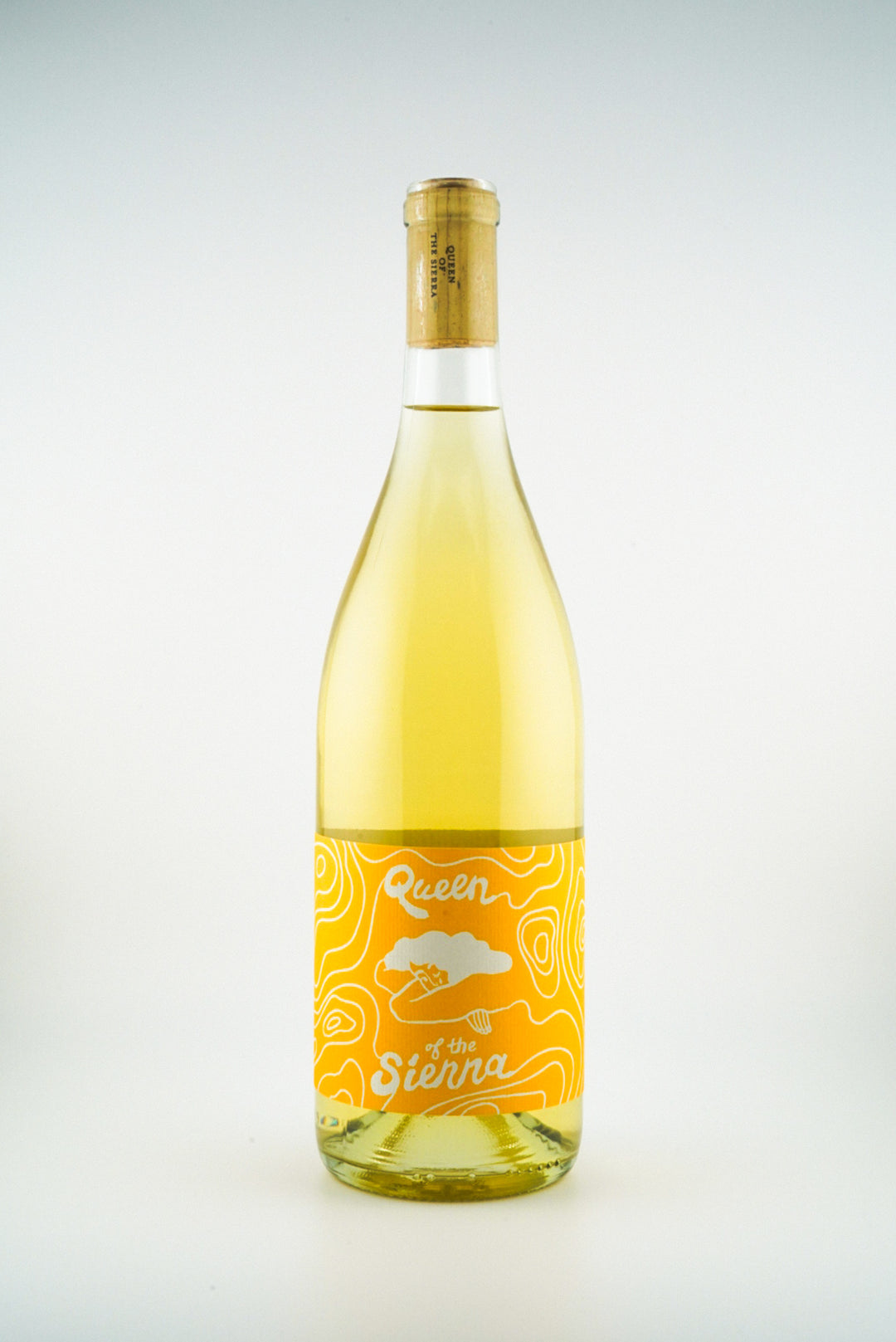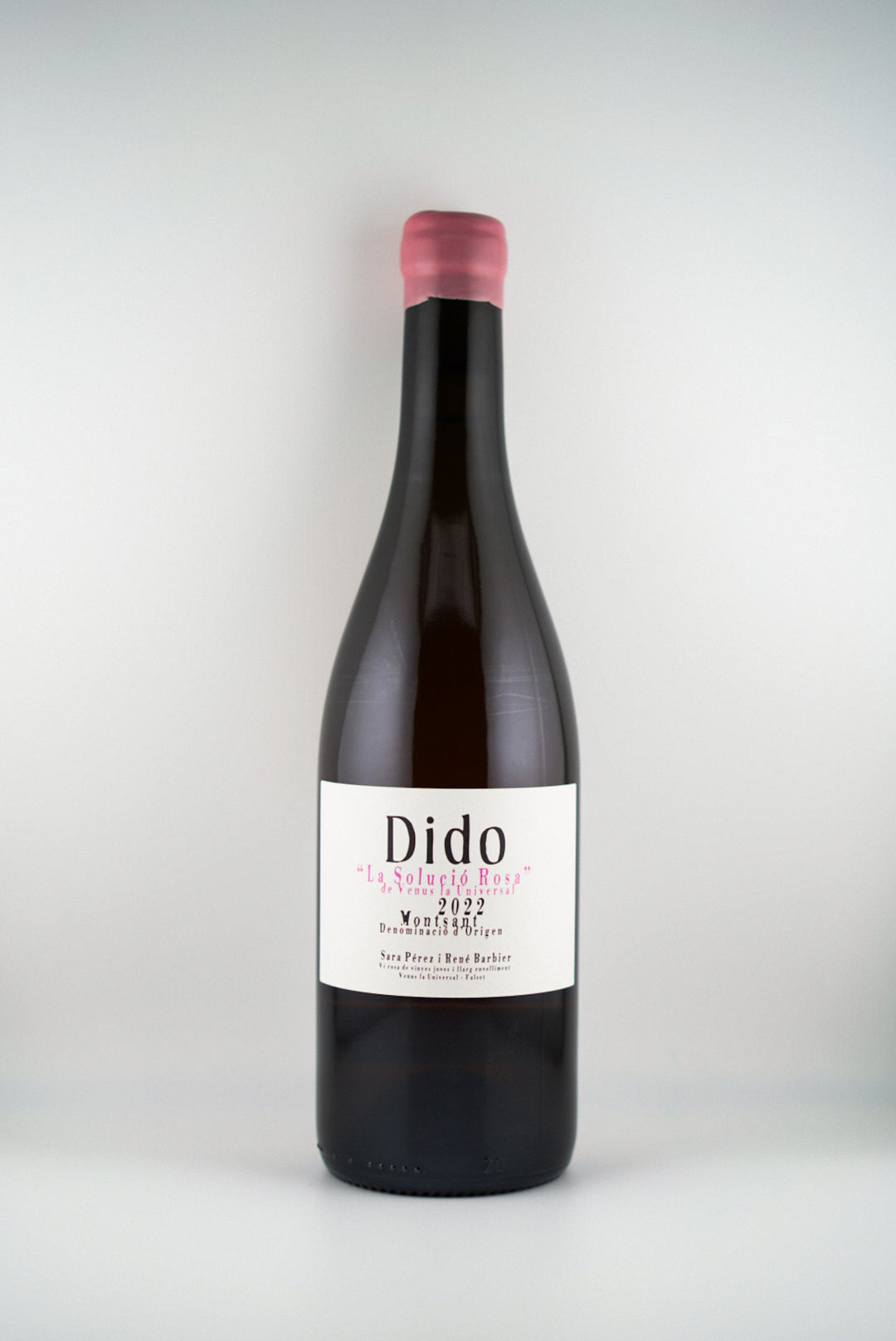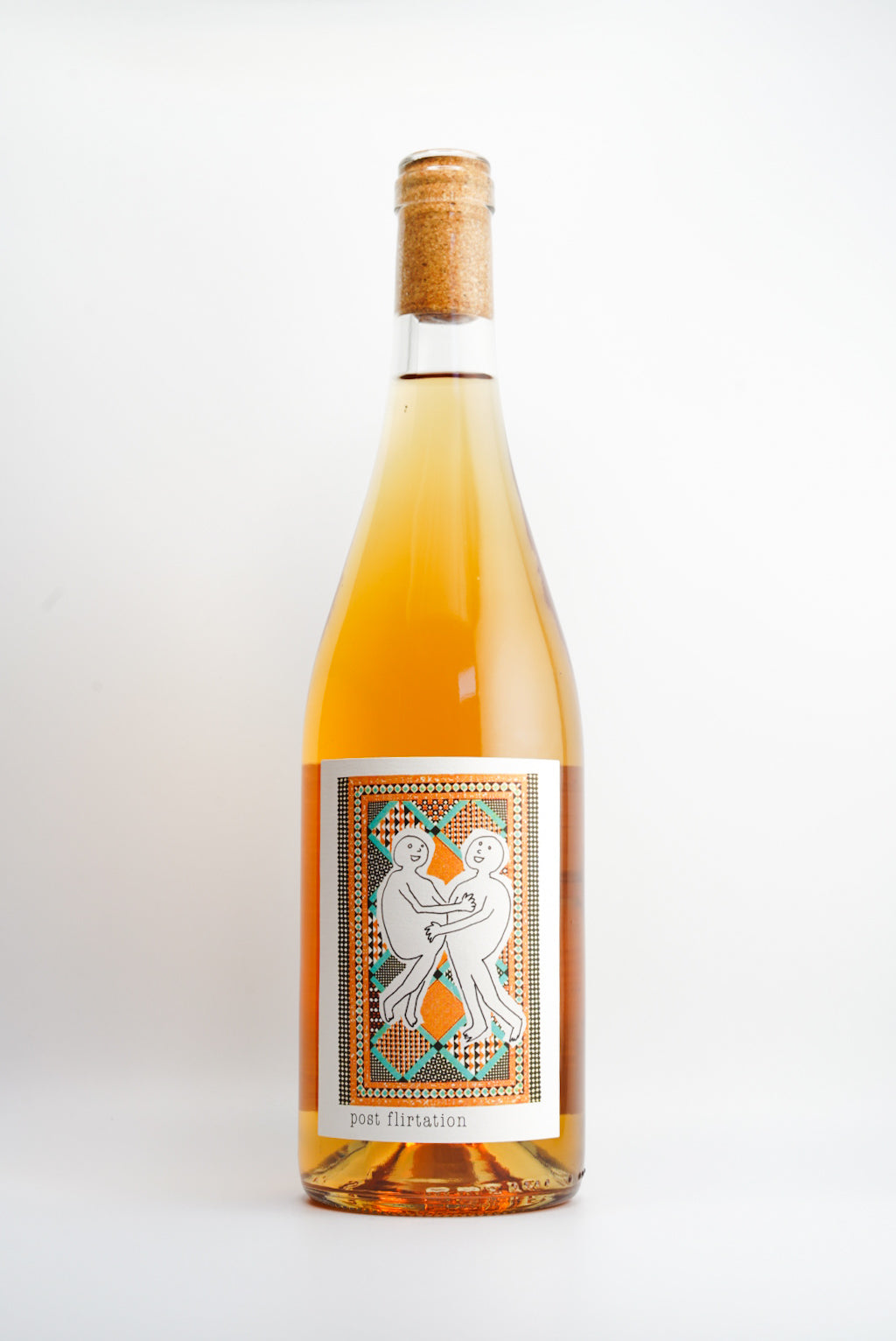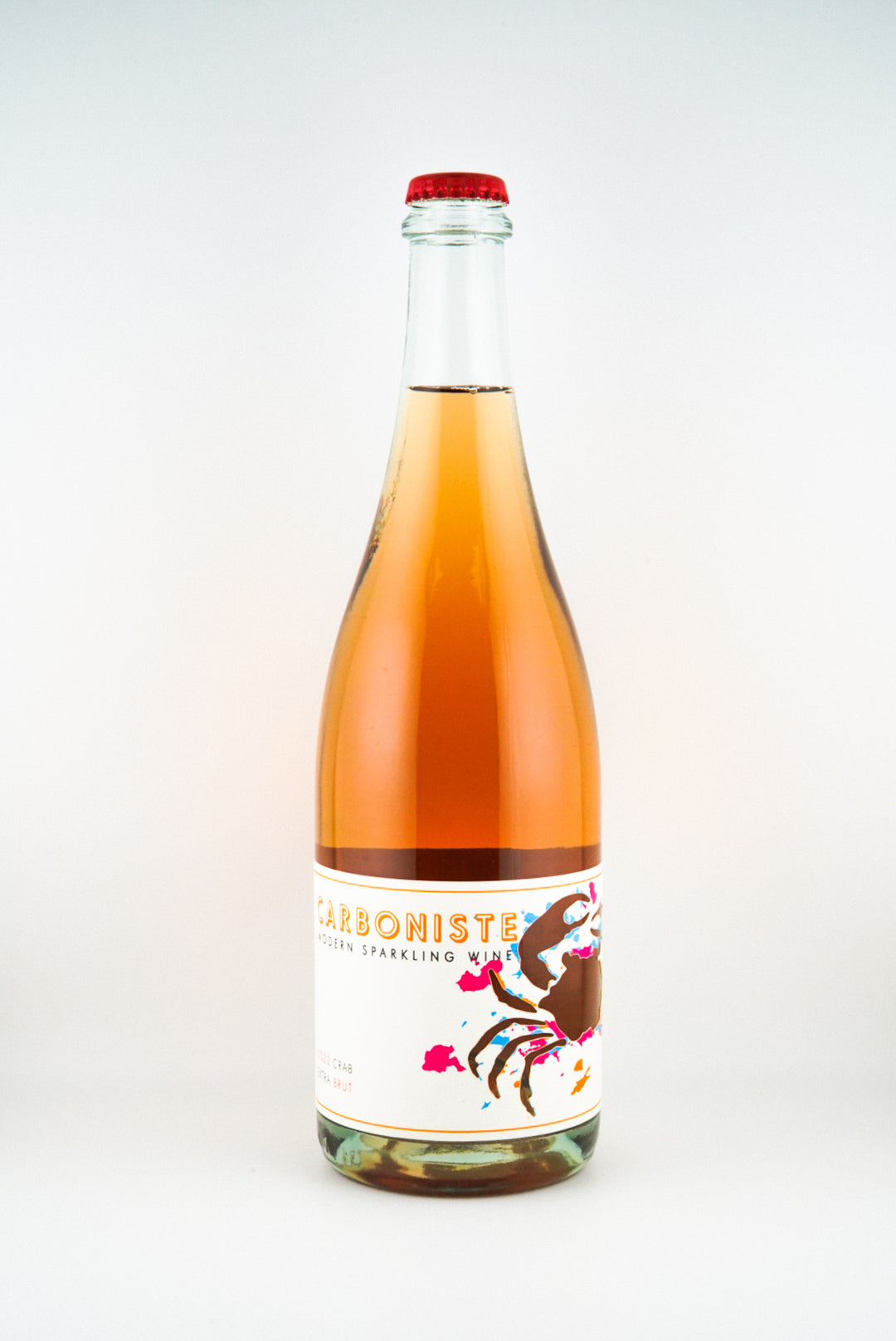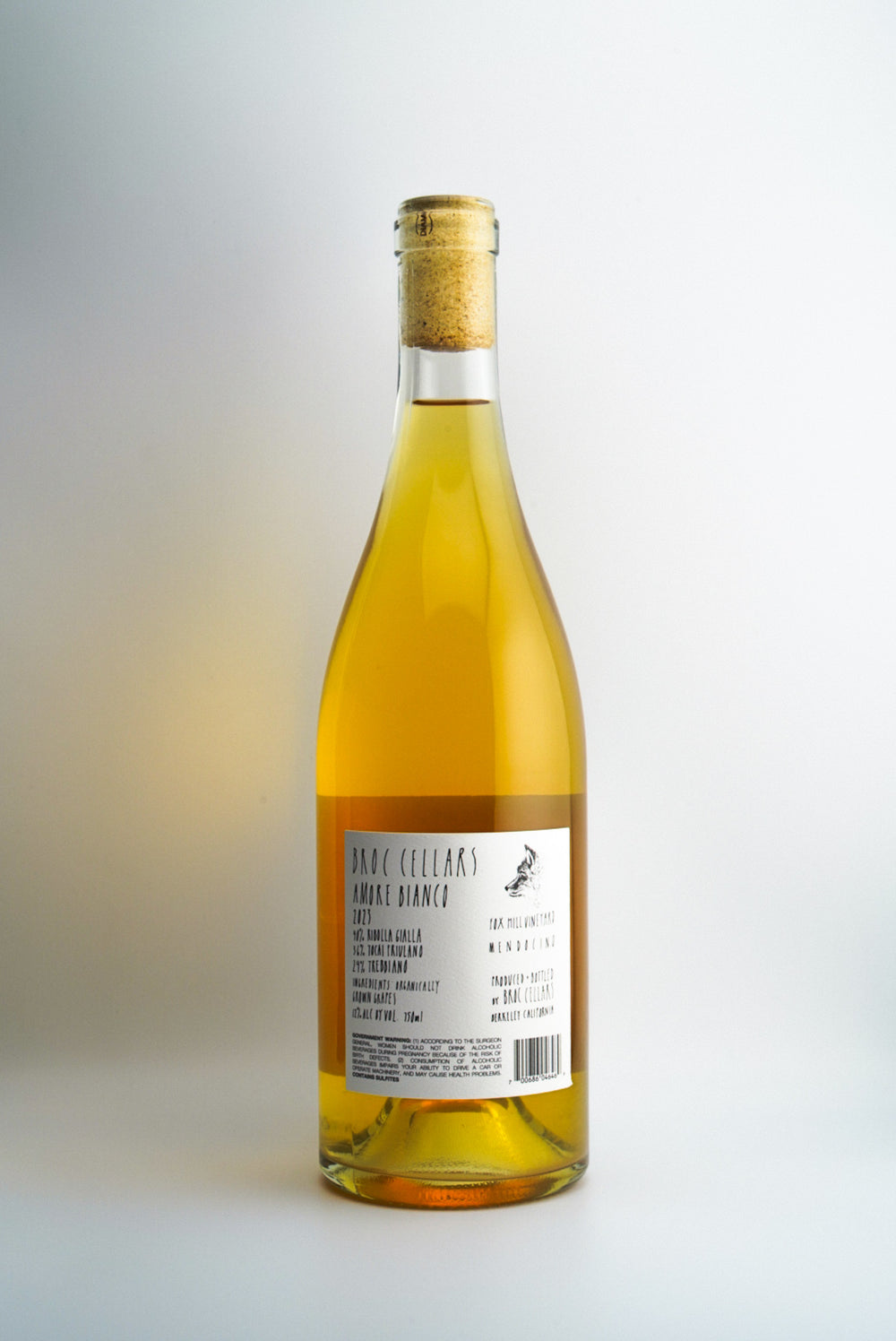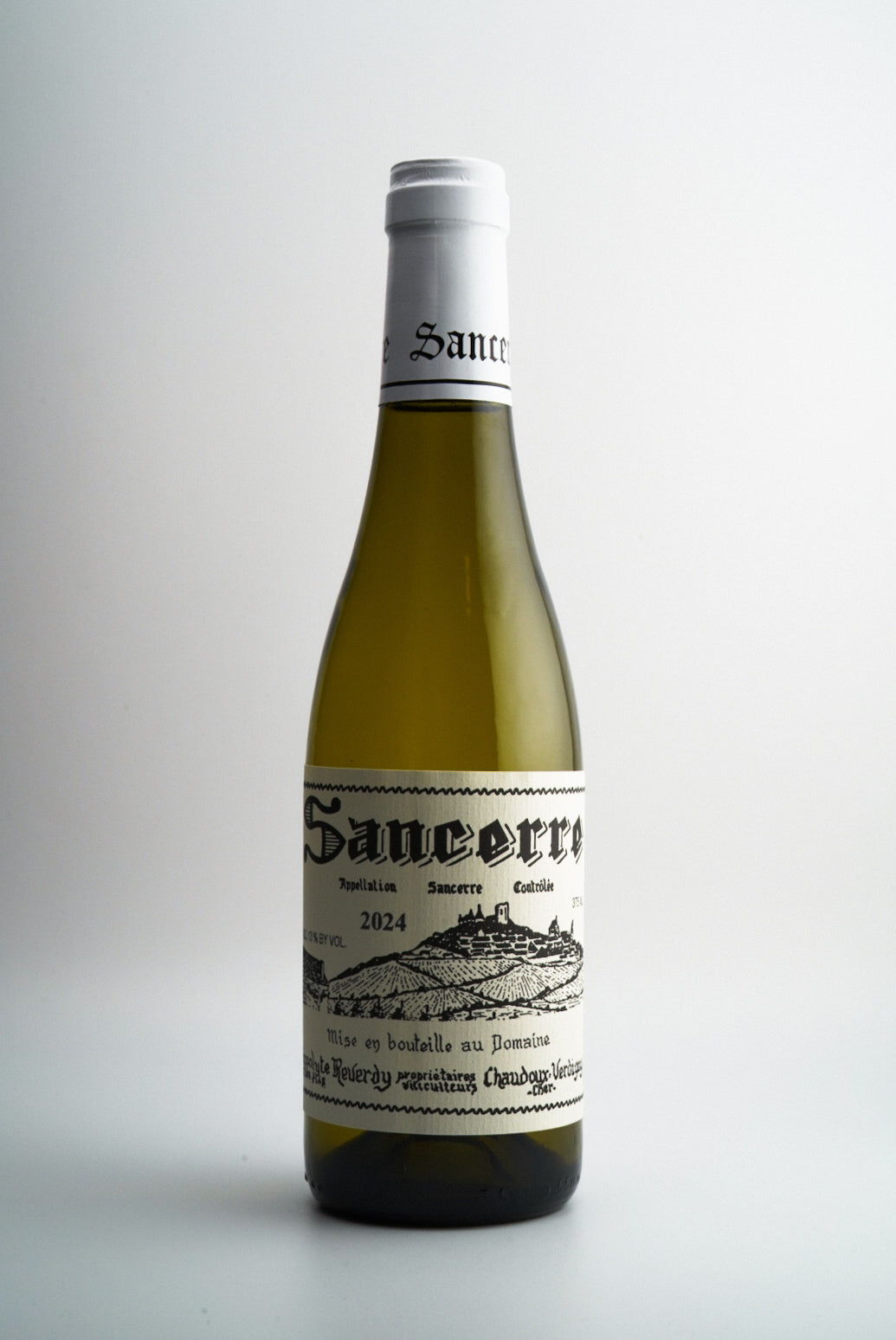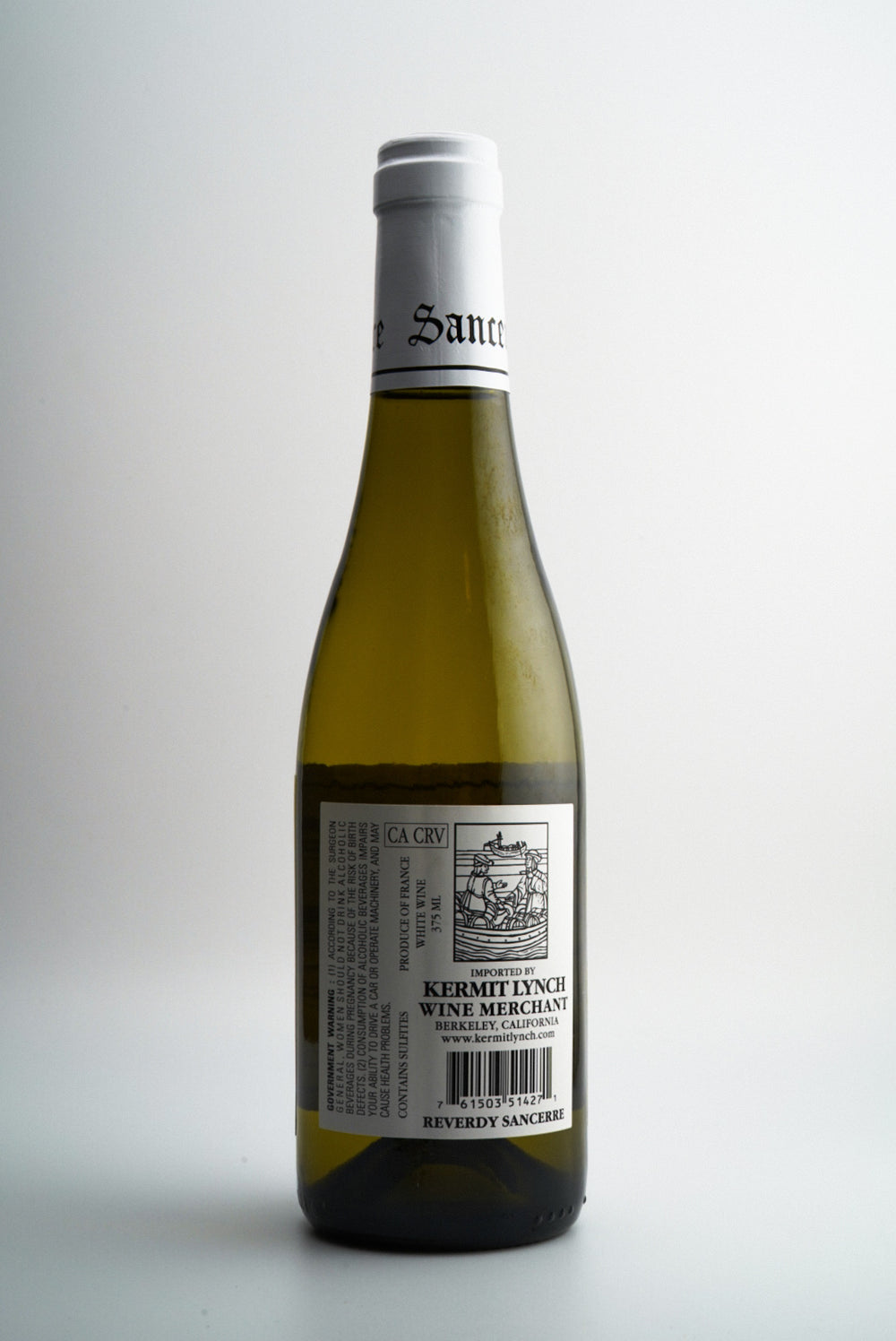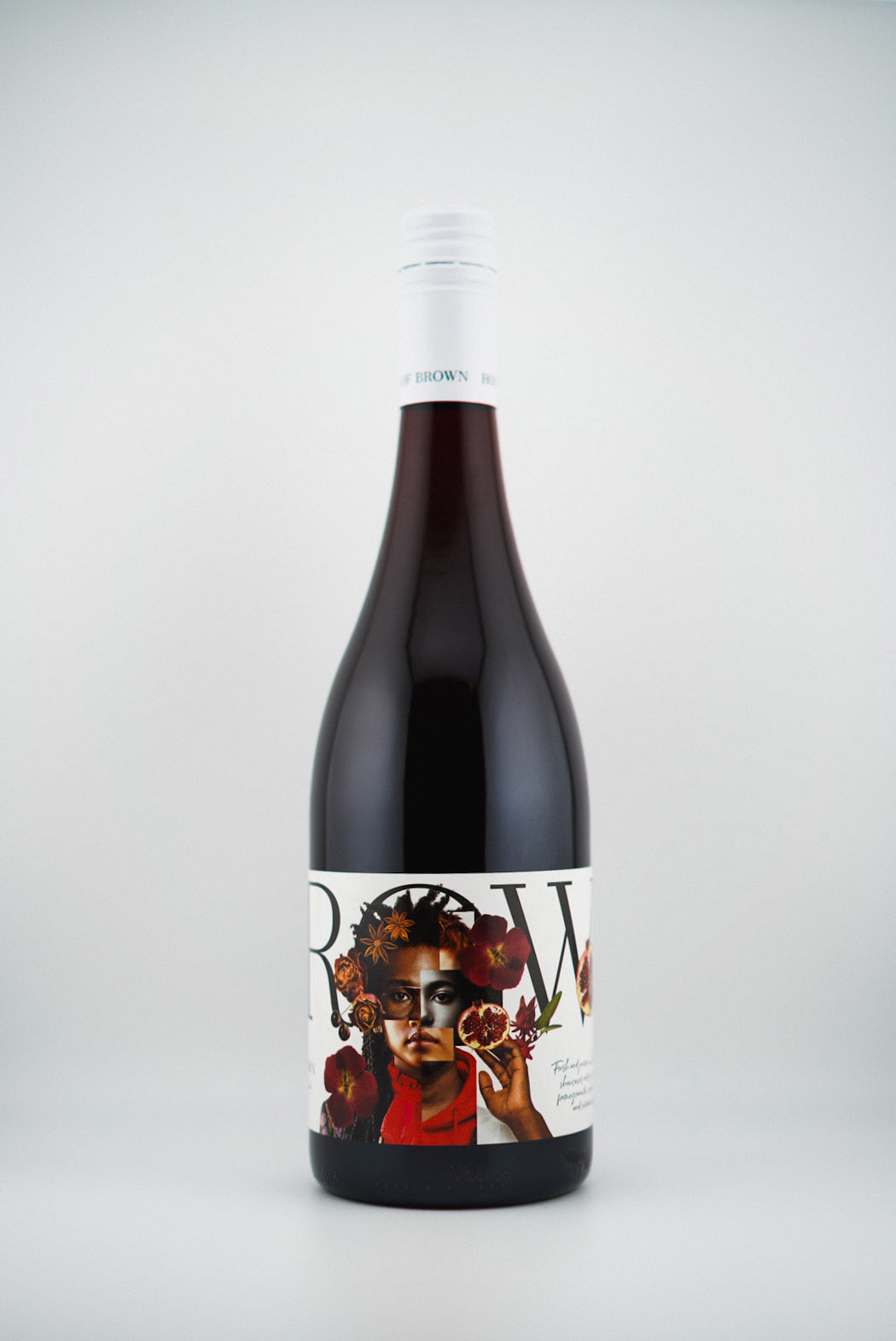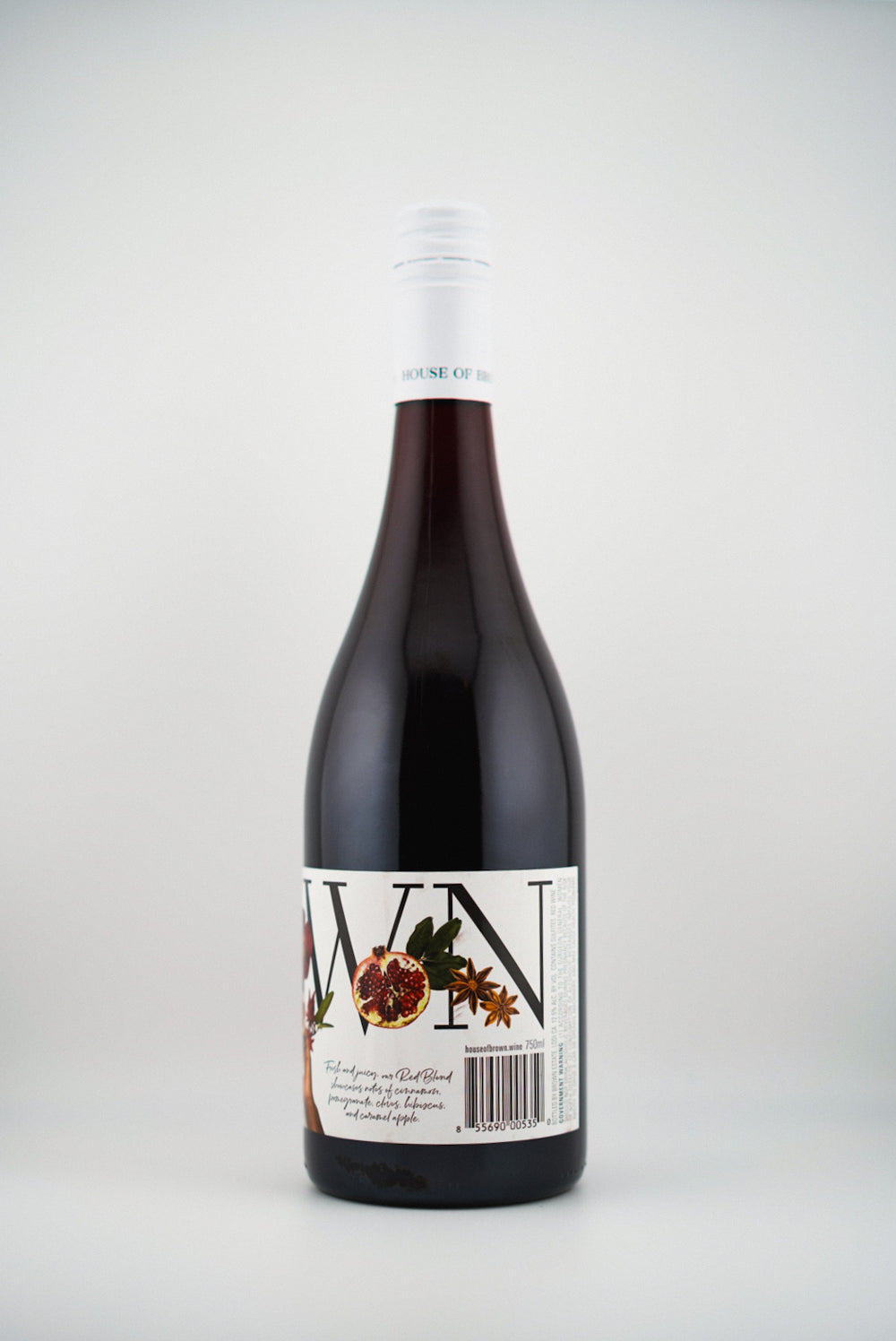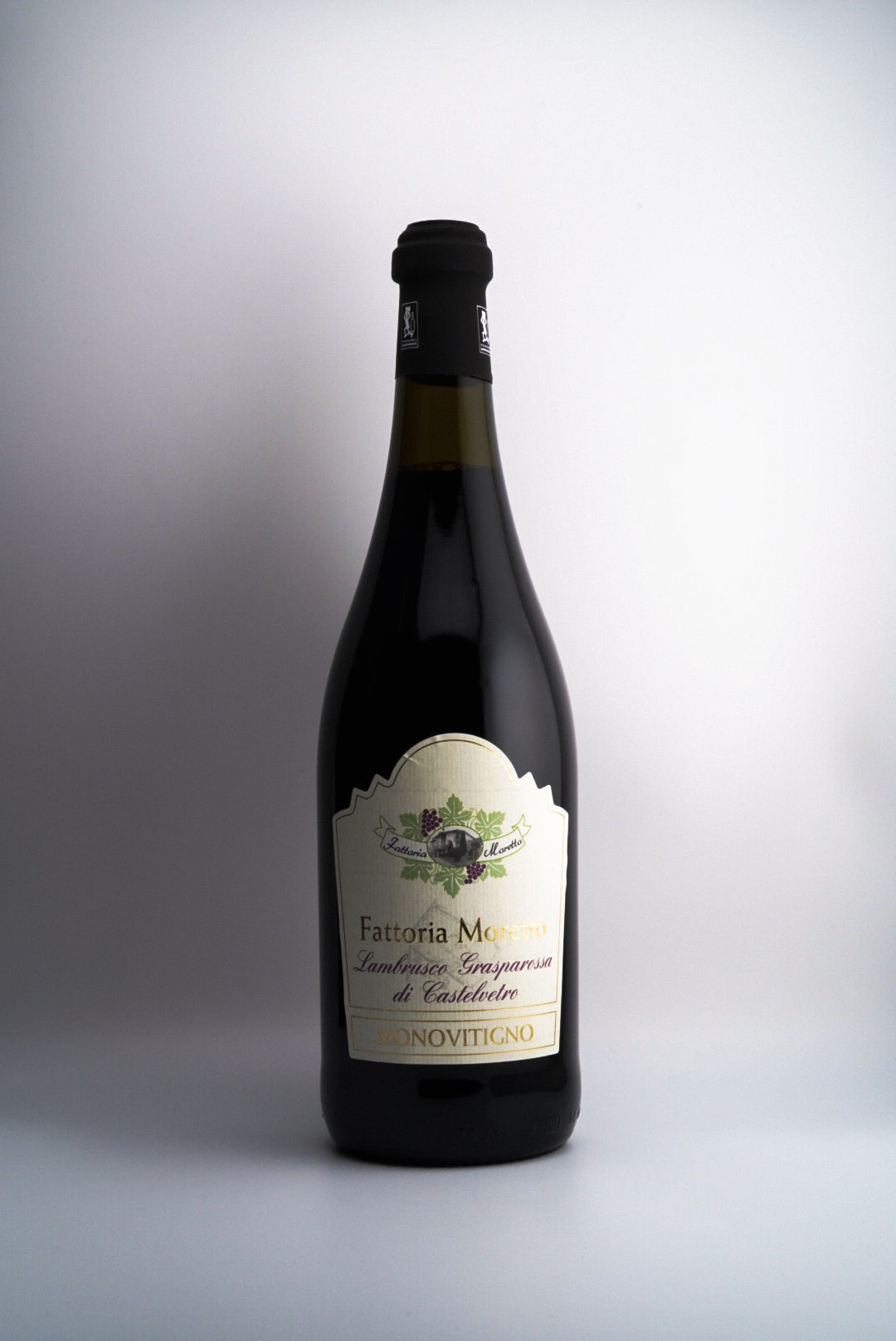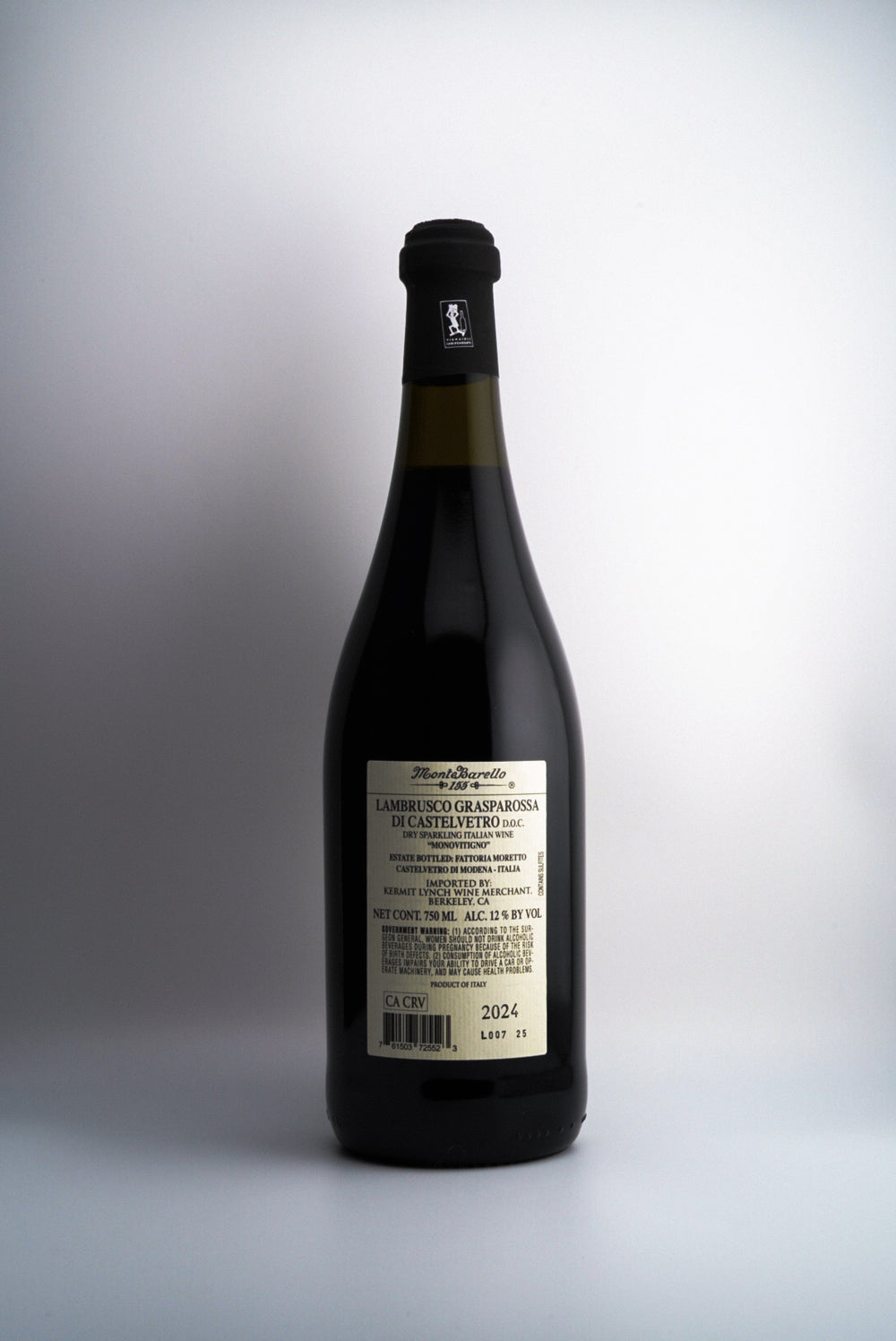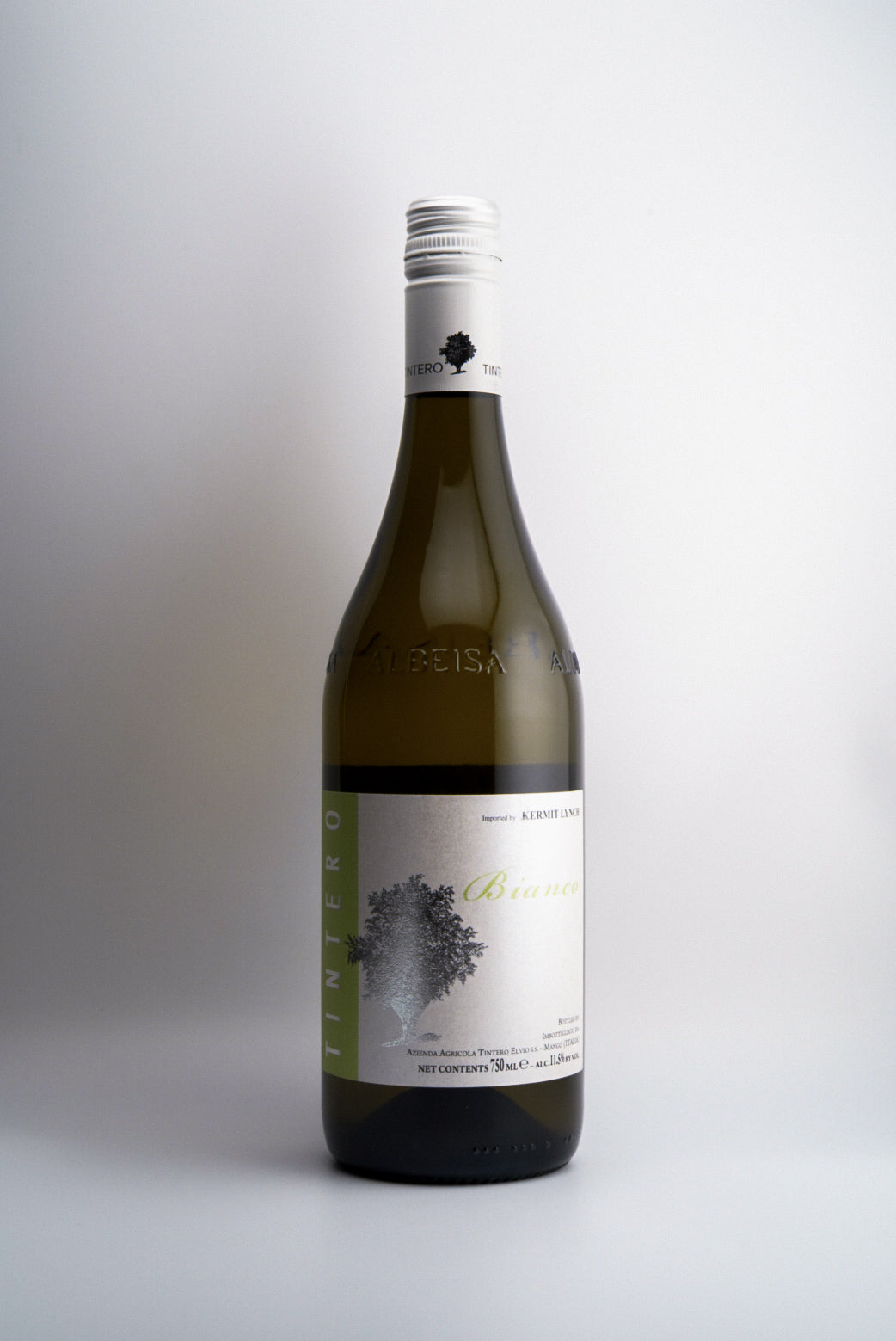Try These Alternative Varietals If You Love These Grapes
If You Love This, Try That: Smart Wine Alternatives
Every wine enthusiast has favorites, but there’s a whole world of lesser-known varietals waiting to be discovered. Whether you’re a devoted Cabernet fan or a Chardonnay loyalist, use this guide to explore new bottles that match your current preferences—without straying too far from your comfort zone.
Red wines
-
If you love Cabernet Sauvignon, try…
Known for full body, high tannins, and dark fruit, Cabernet is a cornerstone. Two smart alternates:
Cabernet Franc — Similar dark fruit with more herbal/savory notes; a bit lighter in body and tannin but keeps structure and complexity.
Carménère — Chilean cousin with dark fruit, herbs, and a distinctive green-pepper note; smooth tannins for Cab lovers.
-
If you love Merlot, try…
Smooth texture and plum-driven flavors? Consider:
Corvina — Medium-bodied, bright acidity, red cherry and herbs; great with Mediterranean cuisine.
Negroamaro — Southern Italian, rich and bold with dark fruits, coffee, chocolate; similar smoothness with a rustic edge.
-
If you love Pinot Noir, try…
Elegant and red-fruited—two kindred spirits:
Gamay — Vibrant strawberry/cherry, low tannin, fresh and aromatic.
Schiava — Light, fragrant, delicate red berries, almond and herb notes; a refreshing, off-the-beaten-path pick.
-
If you love Syrah/Shiraz, try…
Bold, peppery, dark-fruited? Explore:
Mencía — Peppery spice, savory tones, stemmy aromatics; a Spanish sleeper with Syrah vibes.
Petite Sirah — Deep color, rich tannins, concentrated black fruit, and that familiar peppery edge.
-
If you love Grenache/Garnacha, try…
Red fruit and spice lovers will appreciate:
Zinfandel — From elegant red-fruited styles to jammy, high-octane bottles depending on site and hang time.
Valpolicella — Corvina-led blends with juicy cherry and soft tannins; in Amarone form, ultra-concentrated dried fruit, chocolate, spice.
-
If you love Sangiovese, try…
Nebbiolo — High acidity, cherry and savory tones; more tannic but similarly complex.
Touriga Franca — Bold, tannic structure, ripe fruit with floral and spice-driven character.
-
If you love Nebbiolo, try…
Aglianico — Southern Italian power; firm tannins, dark fruit, savory herbs; ages into dried flowers, leather, black tea.
Tannat — Muscular tannins with blackberry, smoke, cocoa; modern versions tame the grip while keeping depth.
Xinomavro — Greece’s Nebbiolo-like star: roses, tar, red fruit, high acidity; gains ethereal complexity with age.
-
If you love Tempranillo, try…
Agiorgitiko — Balances red cherry fruit and earthen tones; takes to oak, layering tobacco/vanilla.
Montepulciano — Ripe cherries/plums, blackberry and cocoa; velvety tannins, especially in Riserva bottlings.
-
If you love Malbec, try…
Monastrell (Mourvèdre/Mataro) — Blackberry, plum, savory spice; rich and dark like Malbec.
Nero d’Avola — Bold Sicilian; deep color, dark cherry/plum, black pepper, generous fruit.
White wines
-
If you love Chardonnay, try…
Viognier — Full-bodied and rich with floral/stone-fruit aromatics.
Marsanne — Nutty, stone-fruited, textural; mirrors Chardonnay’s richness.
-
If you love Sauvignon Blanc, try…
Verdejo — Zesty citrus and herb notes with fennel/almond complexity and a richer mid-palate.
Verdicchio — Mineral-driven citrus/green apple; saline snap; can age into honey/almond depth.
-
If you love Riesling, try…
Furmint — High acidity, green apple and citrus, racy and mineral.
Silvaner — Understated florals with crisp fruit/acid balance; very food-friendly.
-
If you love Pinot Gris/Grigio, try…
Albariño — Crisp, zesty citrus with stone-fruit and a saline flourish; seafood magnet.
Garganega (Soave) — Light, refreshing, slightly richer mouthfeel; almond/spice and aging potential in Classico.
-
If you love Chenin Blanc, try…
Ribolla Gialla — Versatile from crisp/mineral to textural/skin-contact; apple, nutty, honeyed tones with age.
Godello — Crisp apple/citrus/mineral in youth; waxy, honeyed complexity with age and lees work.
-
If you love Sémillon, try…
Roussanne — Full-bodied, waxy texture, honeyed notes with herbs and stone fruit.
Ribolla Gialla — Textural weight and complexity akin to Sémillon; nutty/floral character.
-
If you love Viognier, try…
Grk — Rare Croatian white with citrusy freshness that gains honeyed, herbal complexity with age.
Voski — Ancient Armenian variety; waxy weight, mountain herbs, stone fruit; often amphora-influenced texture.
-
If you love Gewürztraminer, try…
Muscat — Floral/exotic fruit intensity (orange blossom, sweet herbs); shines in dry and off-dry styles.
Torrontés — Perfumed and fresh; rose petal and citrus lift with a crisp finish.
-
If you love Muscat Blanc, try…
Moschofilero — Mountain-fresh florals, grape-blossom perfume, rose petal; dry and lively.
Tămâioasă Românească — Headily aromatic; acacia honey, wild herbs; excellent dry and late-harvest styles.
Ended on a really esoteric one :)
Wine 101

Holiday Pairing Guide — 10 Essentials Thanksgiving Wine Pairing Guide: 10 Wines for a Delicious Feast Thanksgiving is our favorite kind of chaos: a table full of savory, sweet, crunchy, and creamy — all at...
Read more →Latest articles
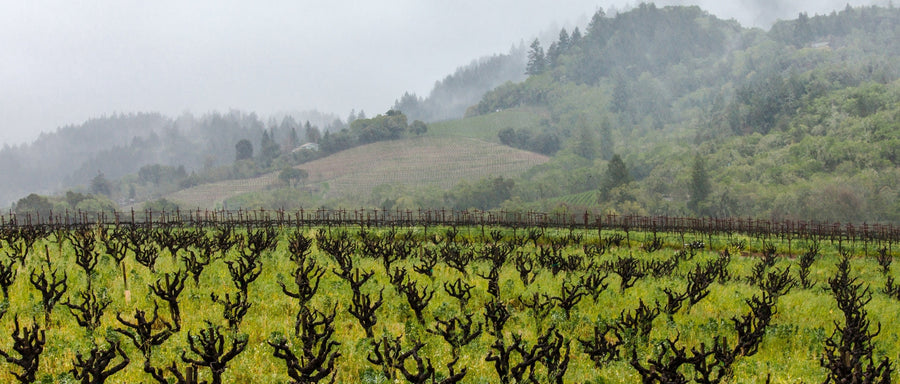
Wine Education · Opinion Don’t Fear Non-Vintage: The Case for Blending Across Seasons We expect wine to behave like a time capsule. One year, frozen in glass. But a single season can be cruel or kind, and ...

What's Below: BBQ & Grilling Perfect Red Wines Meat & Wine Matches Veggie Grill Wines Pool Party Essentials Crisp White Wines Rosé All Day Sparkling Options Party Planning Ho...

What's Below: European Gems Slovenia's Hidden Tuscany Austria's White Wine Wonderland Spain's High-Altitude Surprise New World Discoveries Mexico's Wine Revolution Brazil's Italian Influ...

We've paired every single Trader Joe's cheese with the perfect wine. Your next cheese board is about to get very, very good. The Ultimate Trader Joe's Cheese & Wine Pairing Guide Look, Trader Joe...

"Liberté, égalité, fraternité" The key to great Bastille Day wine pairing is choosing authentic French wines that complement traditional French foods without overpowering them. Rich cheeses, herb-crus...

What wine should you have on 4th of July? These (All American) ones!

"Wine was never trying to be cool. And thank goodness for that." Every few months, another think piece declares wine dead. "Gen Z has killed wine." "Hard seltzers are the new wine." "Why wine isn't cool...

What's Below: The Foundation Introduction The Absolute Reality Real Shopping Experience Digital & Psychological The iPhone Test Psychology of Enhancement Addressing the Purists ...

Image source: Valentina Vineyards. San Diego's top source of organically farmed wine grapes. San Diego County boasts over 172 active wineries and vineyards across diverse microclimates, from coastal va...

Italy boasts a rich tapestry of wine regions, each with its unique terroir, indigenous grape varieties, and winemaking traditions. Join us on a journey through all 20 Italian administrative regions, from int...
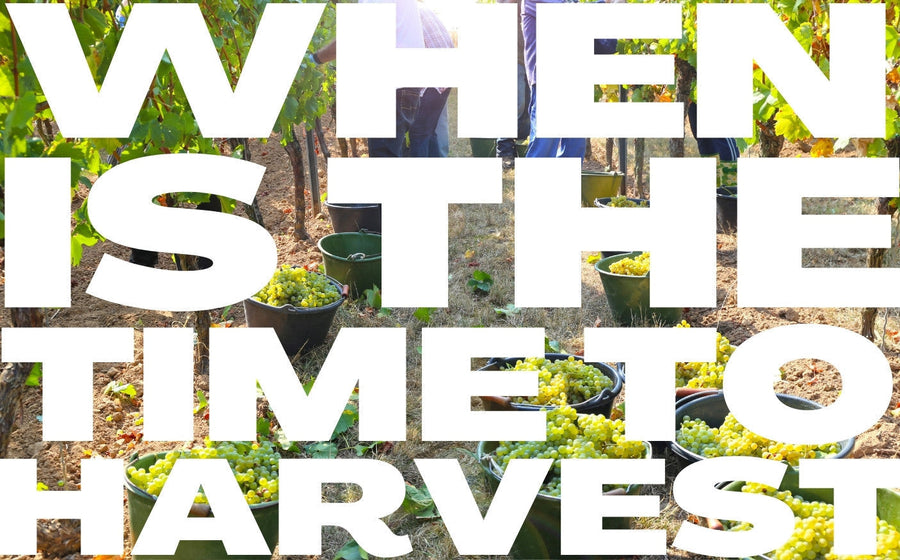
The journey of wine grapes from vineyard to bottle is a fascinating process guided by both science and tradition. Let's explore how vignerons determine the perfect moment to pick their grapes for optima...

Easter Wine Pairings That Won't Disappoint Easter is hopping our way, and whether you're hosting an elegant brunch or a family feast, the right wine can transform your gathering from merely memorabl...

Explore Sherry: Spain's Ancient Fortified Treasure Source: Consejo Regulador de los Vinos de Jerez y Manzanilla. If you are trying to get an excellent academic understanding of Sherry, its various styl...
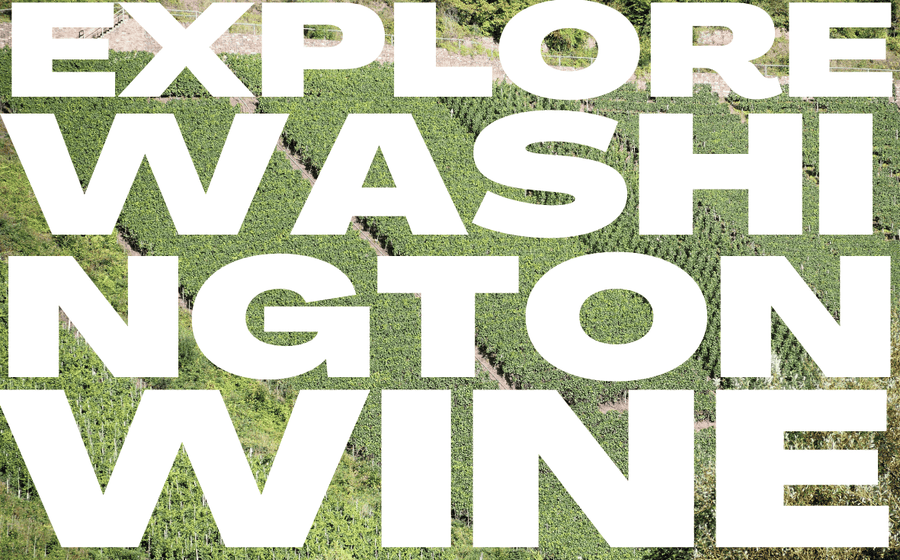
Explore Washington State Wine Source: Washington State Wine Commission. If you are trying to get an excellent academic understanding of Washington State, its various wine regions, and its role within t...


